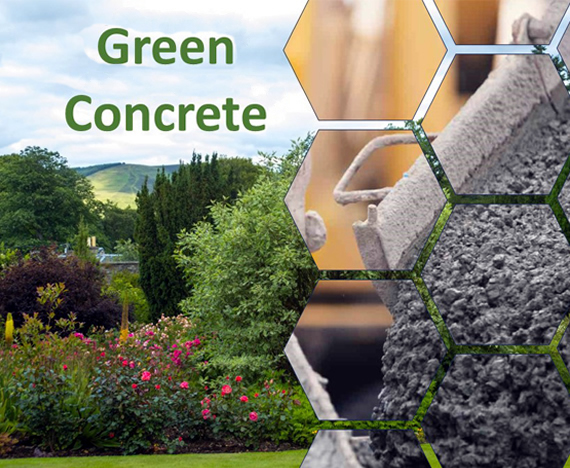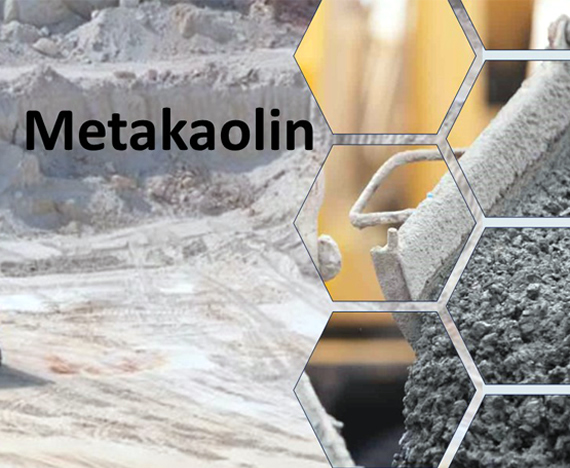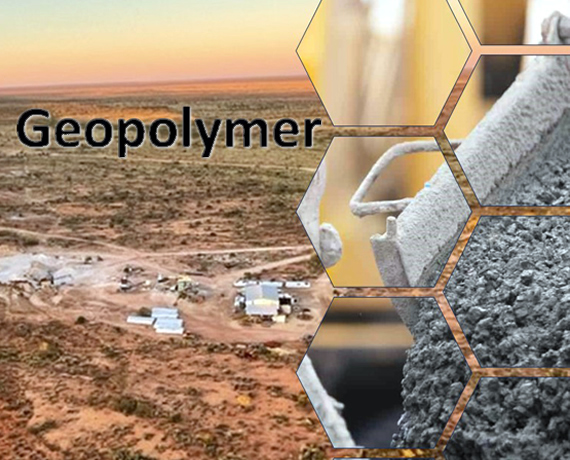Geopolymers are known for their lower carbon footprint compared to traditional Portland cement. By using amorphous silica as a pozzolan, you can further reduce the environmental impact of construction materials due to the lower energy requirements for their production.
Construction
I have been researching and developing supplementary cementitious material combinations for the last 6 years and this amorphous silica has outperformed all of the latest Pozzolans such as silica fume, slag and fly ash.
Unbelievable performance at 90 mPa after 24 hours!
Drew
Construction Manager
SOUTH LAKE


Geopolymer
Amorphous silica from our mine in Western Australia, holds immense promise as a pozzolan in green concrete applications. Its unique chemical properties, such as high surface area and reactivity, make it an ideal candidate for enhancing the performance of concrete mixes. When used as a supplementary cementitious material, amorphous silica significantly contributes to sustainability in construction.
Firstly, it reduces the carbon footprint by partially replacing traditional cement, which is a major source of CO2 emissions. ( 8% of the worlds outputs !) Additionally, amorphous silica enhances the concrete’s durability by reducing permeability and increasing resistance to chemical attacks. This results in longer-lasting structures, reducing maintenance costs and conserving resources.
The integration of amorphous silica into concrete formulations represents a scientifically sound and technically viable approach to promote sustainability in the construction industry. Its adoption can lead to stronger, more resilient, and environmentally friendly concrete structures, aligning with the principles of green construction and Net Zero 2030.
Key Benefits
Mineral Magic for Constuction.
Incorporating amorphous silica into concrete as a pozzolan can lead to increased compressive strength and durability.
This is because it reacts with calcium hydroxide, a byproduct of cement hydration, to form additional calcium silicate hydrates (C-S-H), which are responsible for the strength and durability of concrete.
Green concrete is characterized by a lower carbon footprint compared to traditional concrete. When amorphous silica is used as a pozzolan, it reduces the amount of Portland cement needed in the concrete mix. This is significant because the production of Portland cement is energy-intensive and a major source of carbon dioxide emissions. By reducing cement content, amorphous silica helps mitigate the environmental impact of concrete production.
Amorphous silica is also far more environmentally friendly than other traditional pozzolans such as fly ash, slag and silica fume.
Silica pozzolans, including amorphous silica, can improve the workability and cohesion of concrete mixes. This can lead to better placement and finishing of concrete structures.
Incorporating amorphous silica can reduce the permeability of concrete, making it less susceptible to water penetration and corrosion of reinforcing steel.
This is crucial for the long-term durability of concrete structures, especially in harsh environmental conditions.
Amorphous silica can contribute to crack mitigation in concrete. It helps in reducing the formation of microcracks and can even self-heal small cracks that may develop over time
Amorphous silica can improve the resistance of concrete to chemical attack, especially from aggressive substances like sulfate ions and alkalis. This is important in applications where concrete is exposed to such chemical environments.
While the initial cost of amorphous silica pozzolans may be higher than that of Portland cement, the long-term benefits in terms of reduced maintenance and increased service life can result in cost savings over the lifespan of a concrete structure.
In addition as our governments are considering measures to enforce Net Zero 2030, a carbon tax would also offset this additional cost.
Please complete all fields.
Contact us!


Metakaolin
Amorphous silica, particularly in the form of metakaolin, plays a pivotal role as a pozzolan in concrete, contributing to its strength, durability, and sustainability. When incorporated into concrete mixes, metakaolin reacts with calcium hydroxide produced during cement hydration, forming additional calcium silicate hydrates (C-S-H), which enhance the material’s strength and reduce permeability.
This results in improved resistance to cracking, chemical attack, and freeze-thaw cycles. Moreover, metakaolin’s fine particle size aids in reducing water demand, enhancing workability, and decreasing the heat of hydration, reducing the risk of thermal cracking. Embracing metakaolin in concrete formulations aligns with sustainable practices, reducing carbon emissions associated with cement production.
This amalgamation of technical and scientific principles underscores the multifaceted benefits of amorphous silica, such as metakaolin, in advancing concrete technology
Key Benefits
Incorporating amorphous silica into geopolymers can enhance their compressive strength and durability.
The reactive nature of amorphous silica contributes to the formation of strong chemical bonds within the geopolymer matrix.
Geopolymers with amorphous silica exhibit excellent resistance to both acidic and alkaline environments.
This makes them suitable for applications in harsh chemical or industrial settings.
The incorporation of amorphous silica can improve the resistance of geopolymer concrete to chemical attack, making it suitable for applications in aggressive environments such as wastewater treatment facilities or chemical storage areas.
Geopolymer concrete with amorphous silica tends to exhibit lower shrinkage compared to traditional concrete.
This can help reduce the risk of cracking and improve long-term structural integrity.
Geopolymer concrete with amorphous silica can have excellent fire resistance properties, making it suitable for fire-resistant applications such as tunnel linings or fireproof structures.
Depending on the formulation, geopolymer materials with amorphous silica can have good thermal insulation properties, making them suitable for applications in construction where insulation is desired.
Geopolymers can offer cost savings in the long run due to their durability and lower maintenance requirements, which can be an advantage in various infrastructure projects.
More Information
We have developed a range of fact sheets to provide you with helpful information and data. Download any fact sheet that may be helpful for your requirements.


Geopolymer
Amorphous silica, holds significant promise as a pozzolan in geopolymer technology. Geopolymers are innovative, eco-friendly alternatives to traditional Portland cement-based materials. When amorphous silica is incorporated into geopolymers, it contributes to enhanced material properties.
Amorphous silica acts as a reactive filler, promoting the formation of strong, durable geopolymer structures. Its high surface area facilitates the polymerization process, resulting in improved mechanical strength, reduced permeability, and greater resistance to chemical corrosion.
This not only enhances the durability of geopolymer materials but also reduces the environmental footprint due to decreased carbon emissions associated with cement production. Moreover, the use of amorphous silica as a pozzolan can lead to cost savings and a more sustainable construction industry.
Key Benefits
Amorphous silica can enhance soil structure by promoting aggregation, reducing compaction, and increasing porosity. This improves root growth and allows for better water infiltration and air circulation in the soil.
Silica’s ability to hold moisture in the root zone can be especially beneficial in arid or drought-prone regions. It helps orchards maintain adequate soil moisture levels, reducing the risk of water stress in plants even in hydrophobic soil types.
Silica can act as a cation exchange medium, holding onto essential nutrients such as calcium, magnesium, and potassium. This can prevent nutrient leaching and make these nutrients more available to orchard trees.
Silica strengthens cell walls in plants, making them more resistant to diseases and pests. This can reduce the need for chemical pesticides and fungicides, promoting sustainable orchard management.
In regions with high salinity in the soil, amorphous silica can help mitigate salt stress. It acts as a buffer, reducing the harmful effects of excess salts on plant roots.
Healthier trees with improved nutrient uptake and disease resistance tend to produce higher yields of better-quality fruits. This can have a positive impact on the commercial viability of orchards.
The use of amorphous silica as a soil amendment can contribute to long-term soil health and sustainability. It helps maintain balanced soil conditions and reduces the need for frequent soil amendments.
Sustainable orchard practices, such as using amorphous silica, align with environmentally friendly agriculture. They reduce the environmental impact associated with chemical fertilizers and pesticides.
More Information
We have developed a range of fact sheets to provide you with helpful information and data. Download any fact sheet that may be helpful for your requirements.